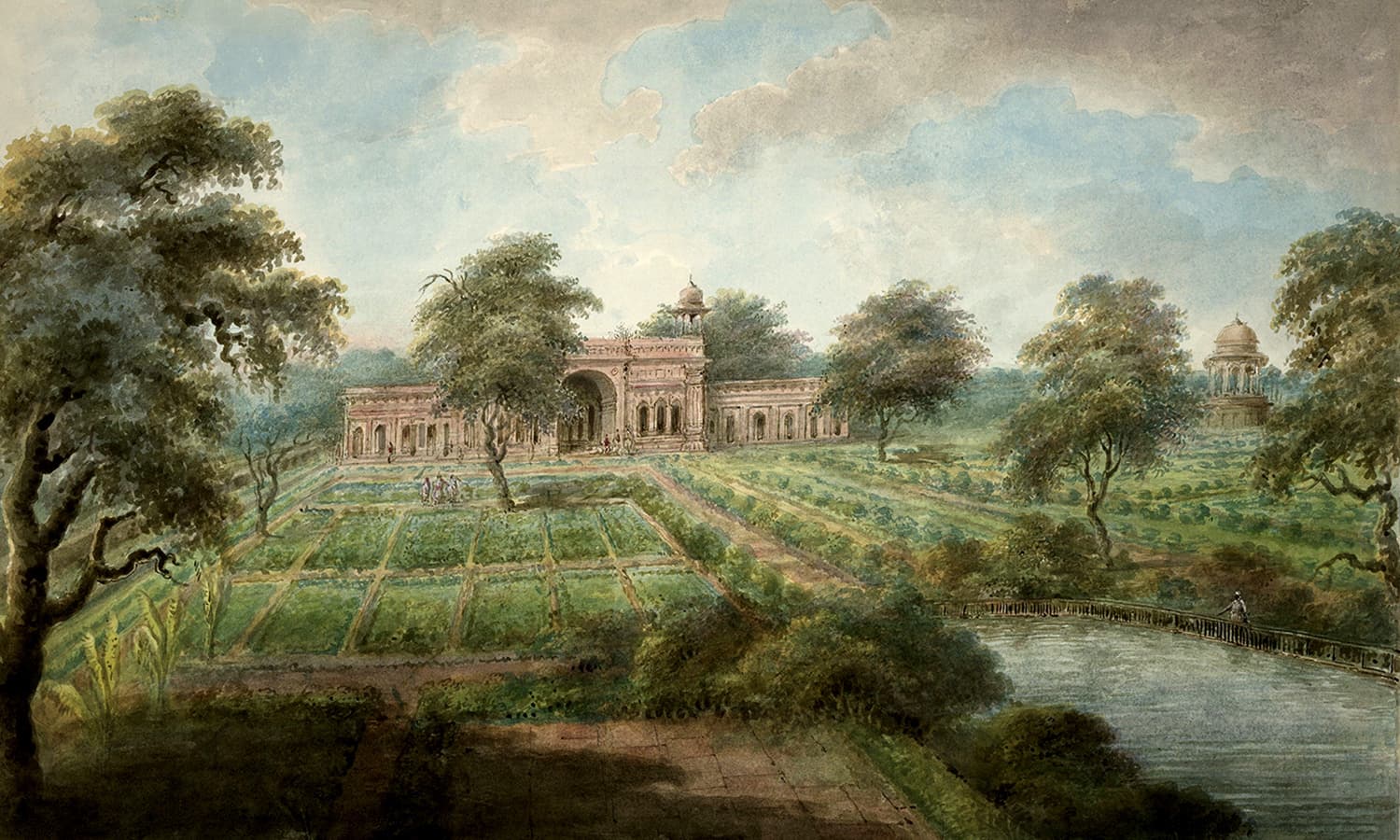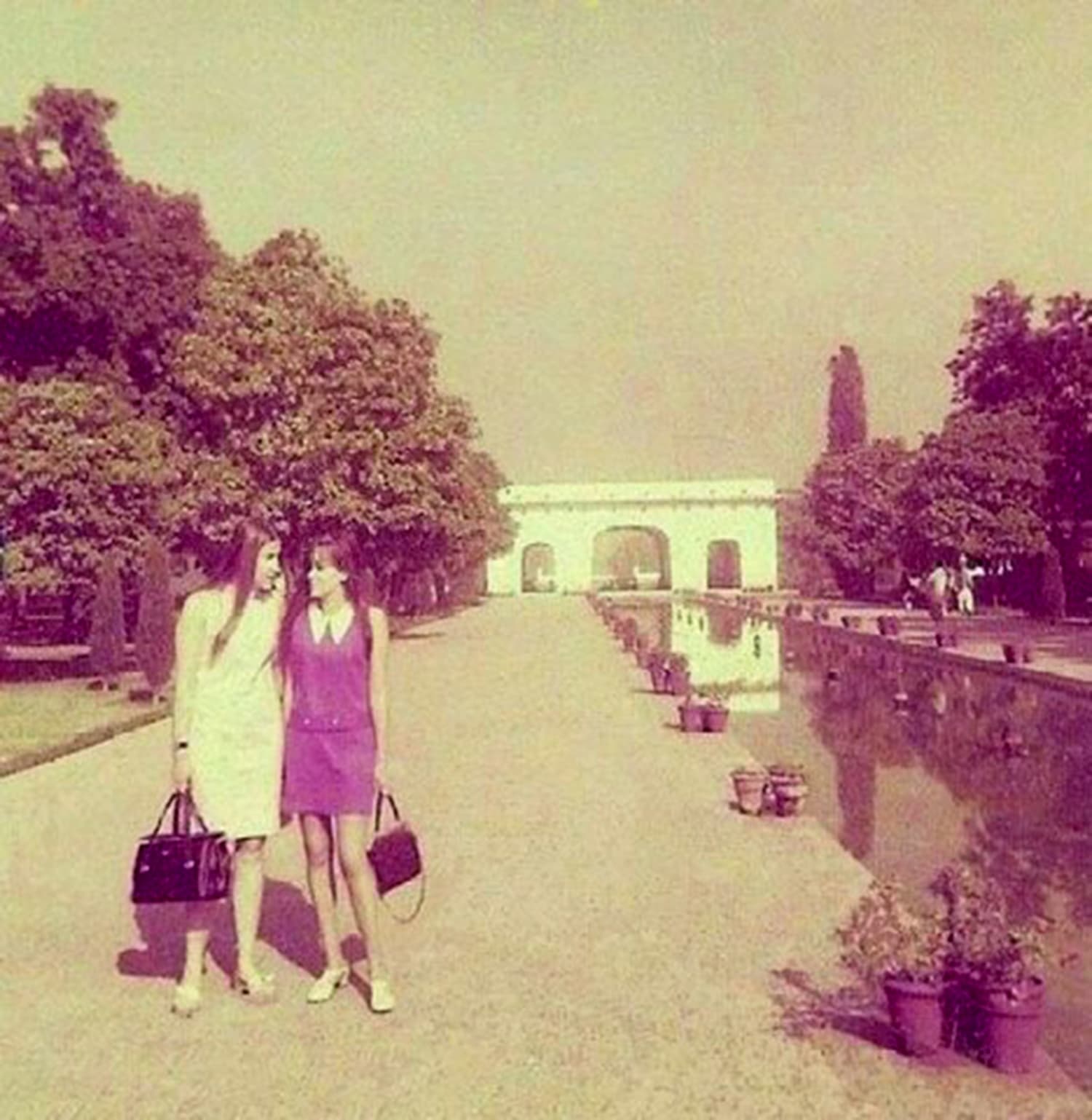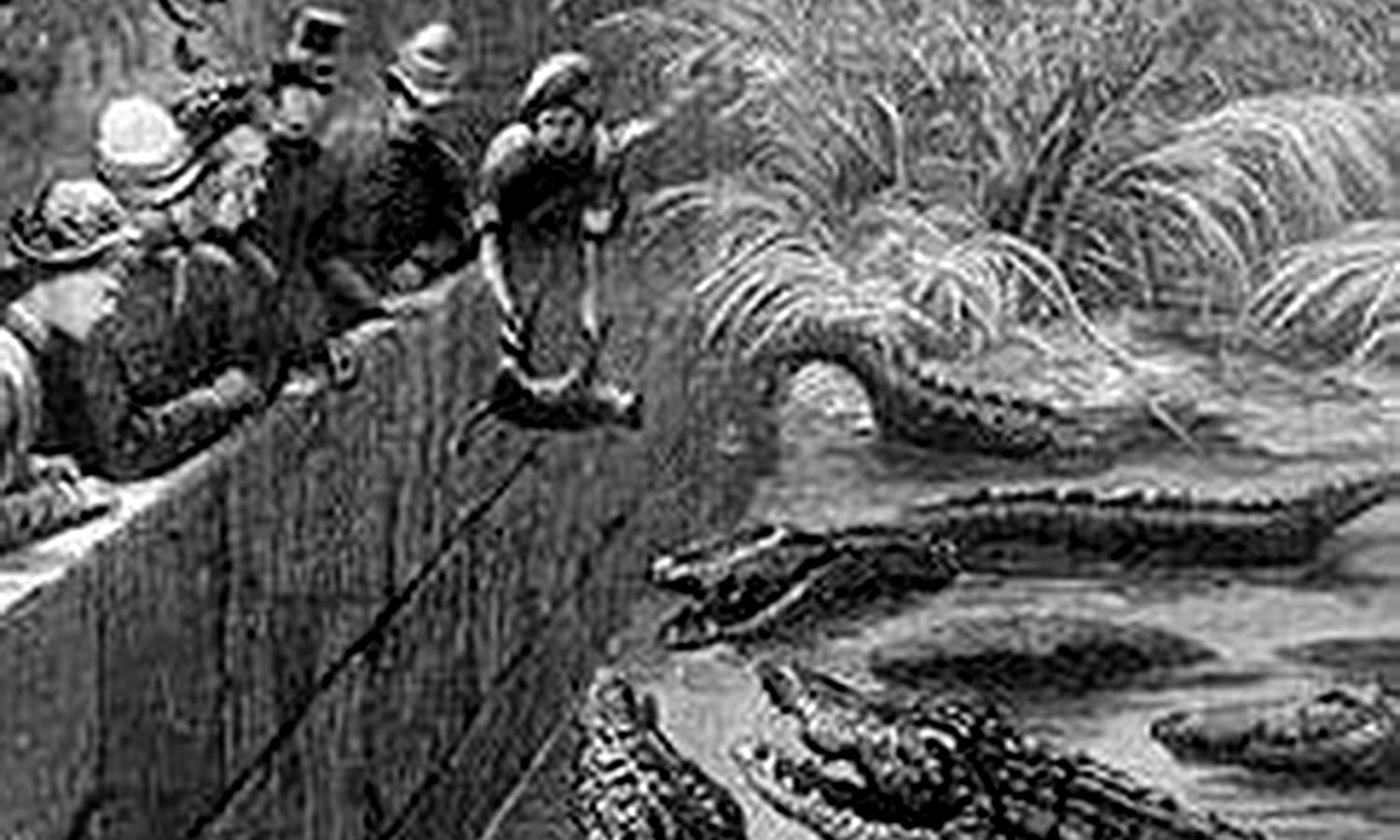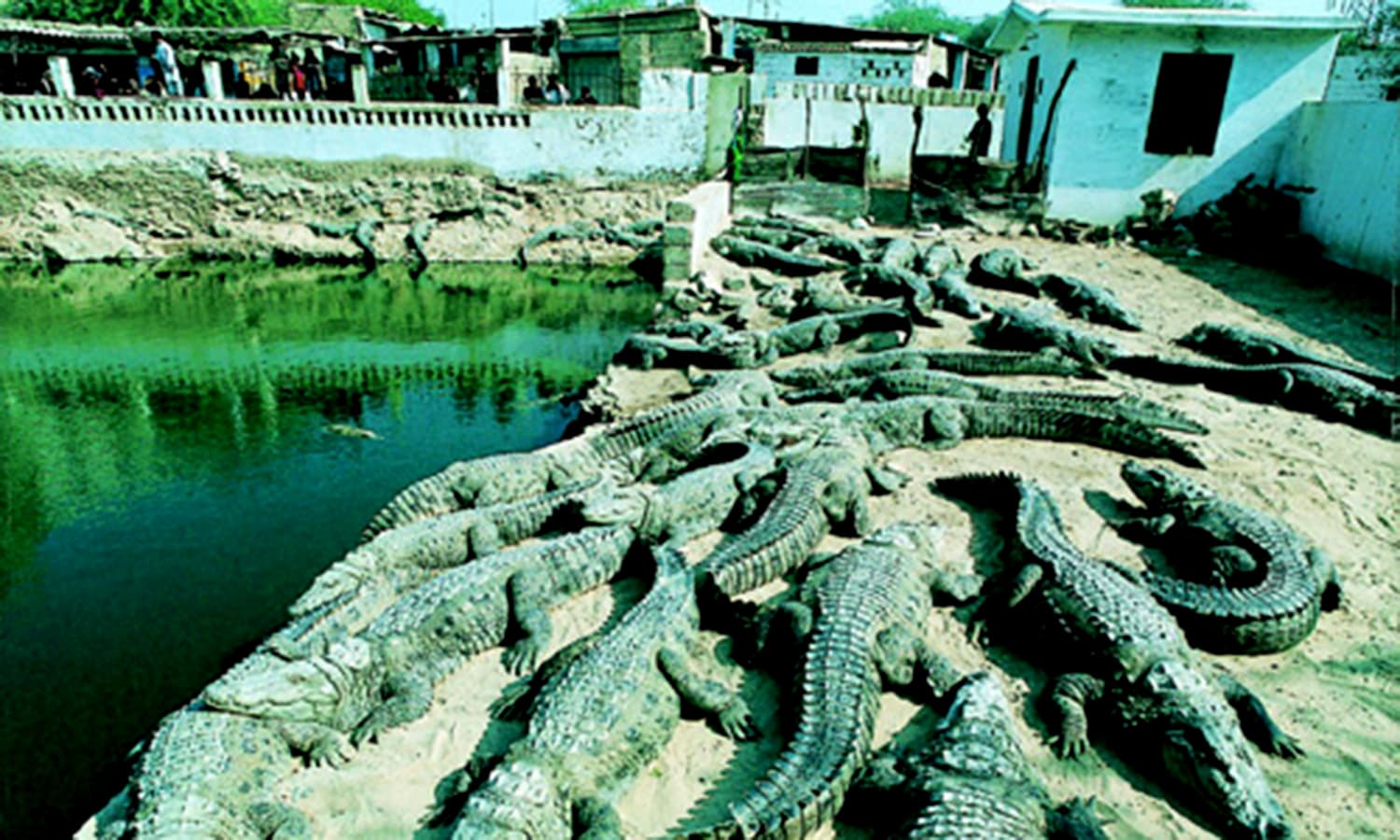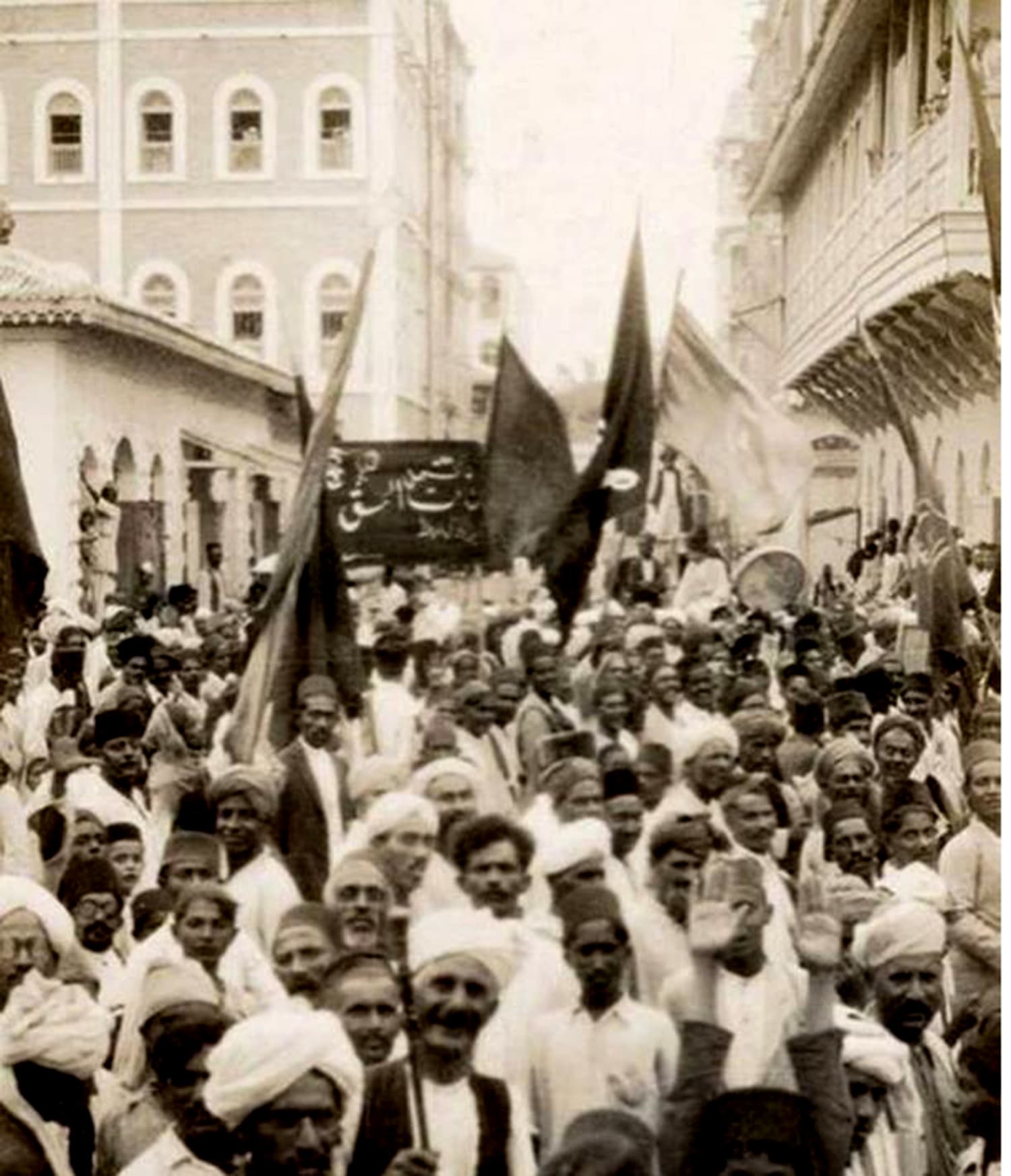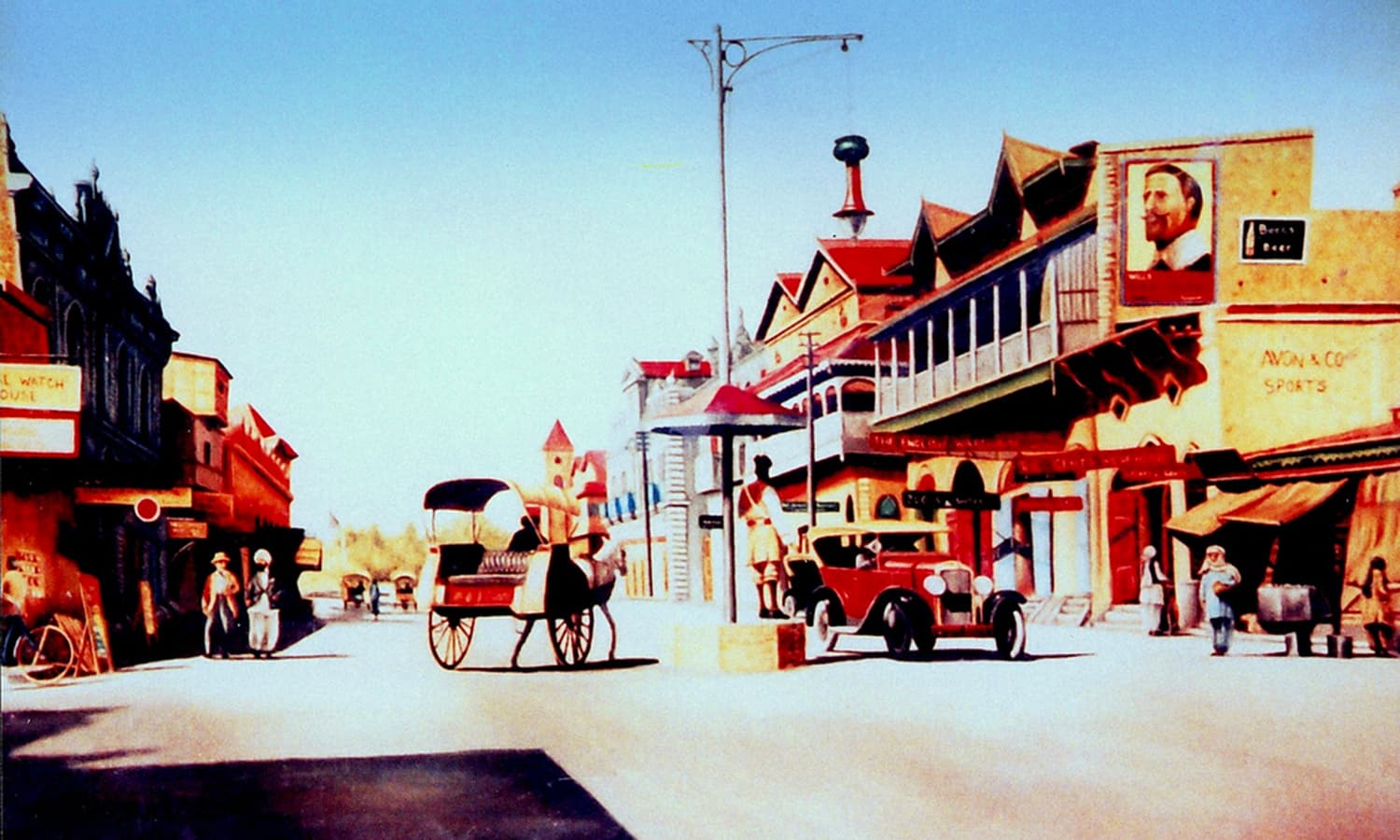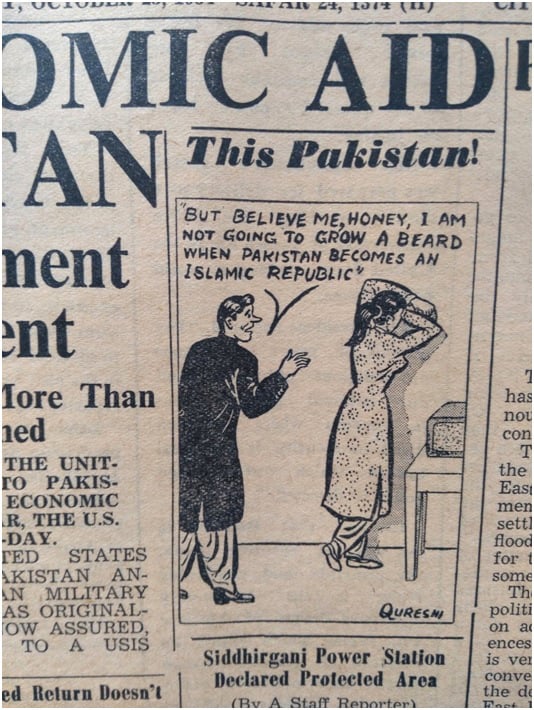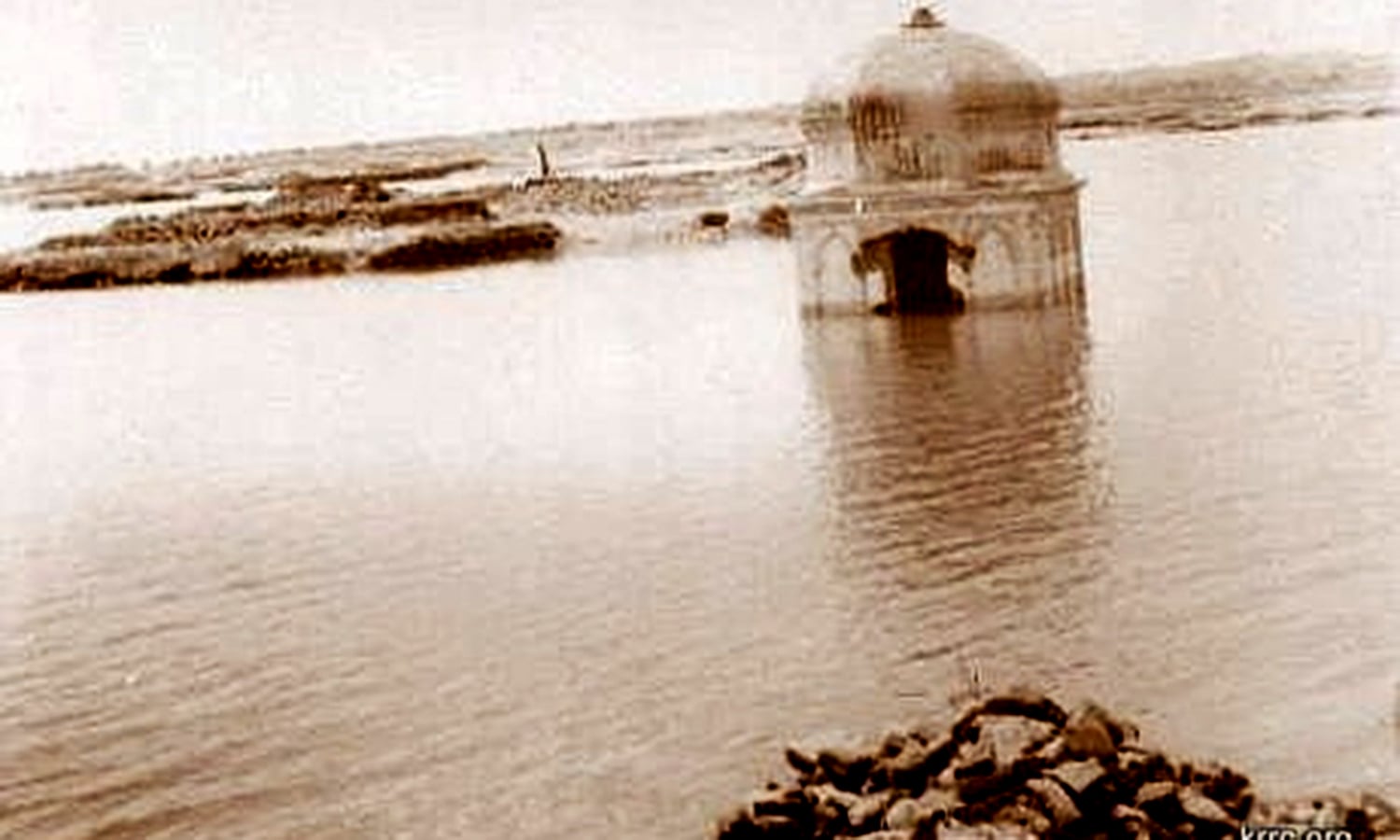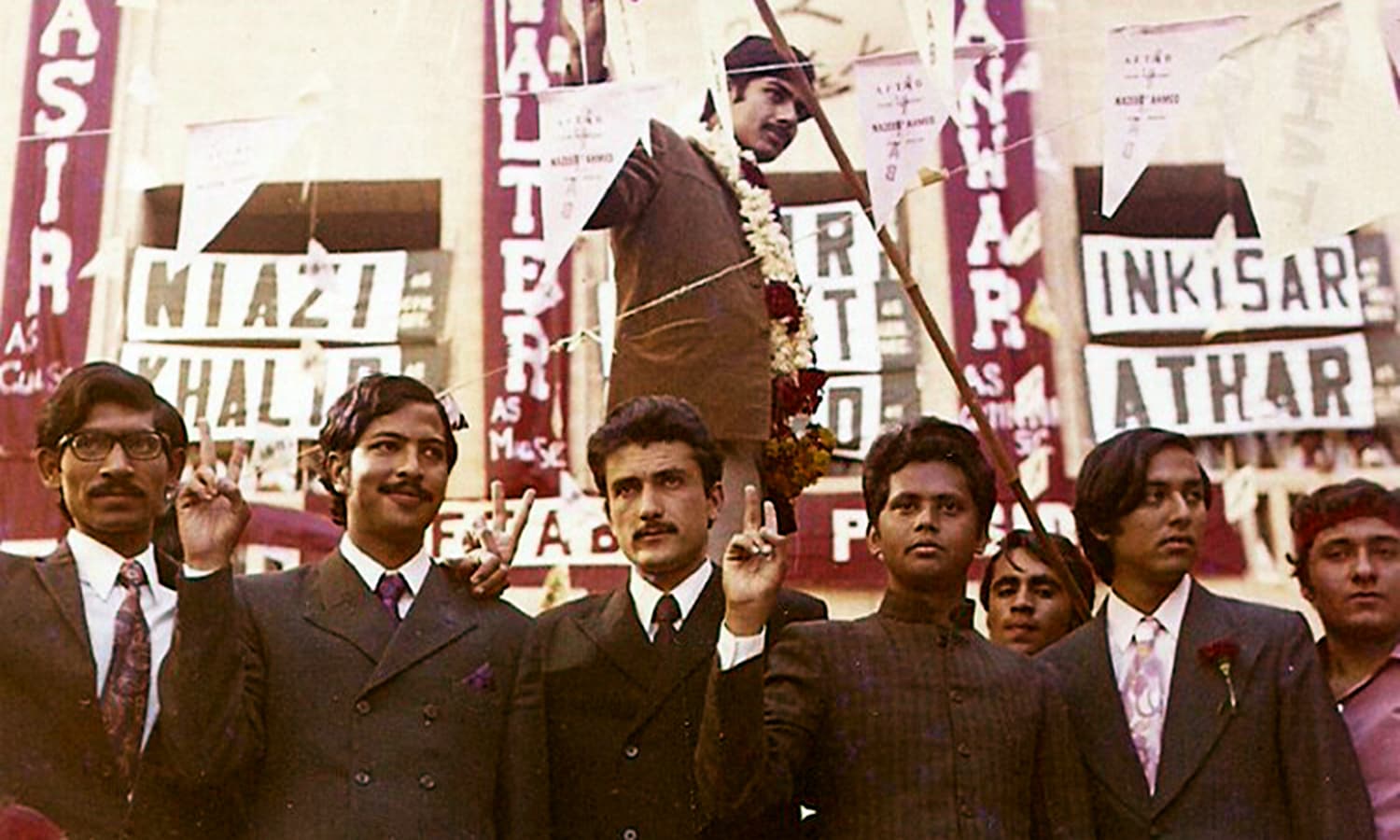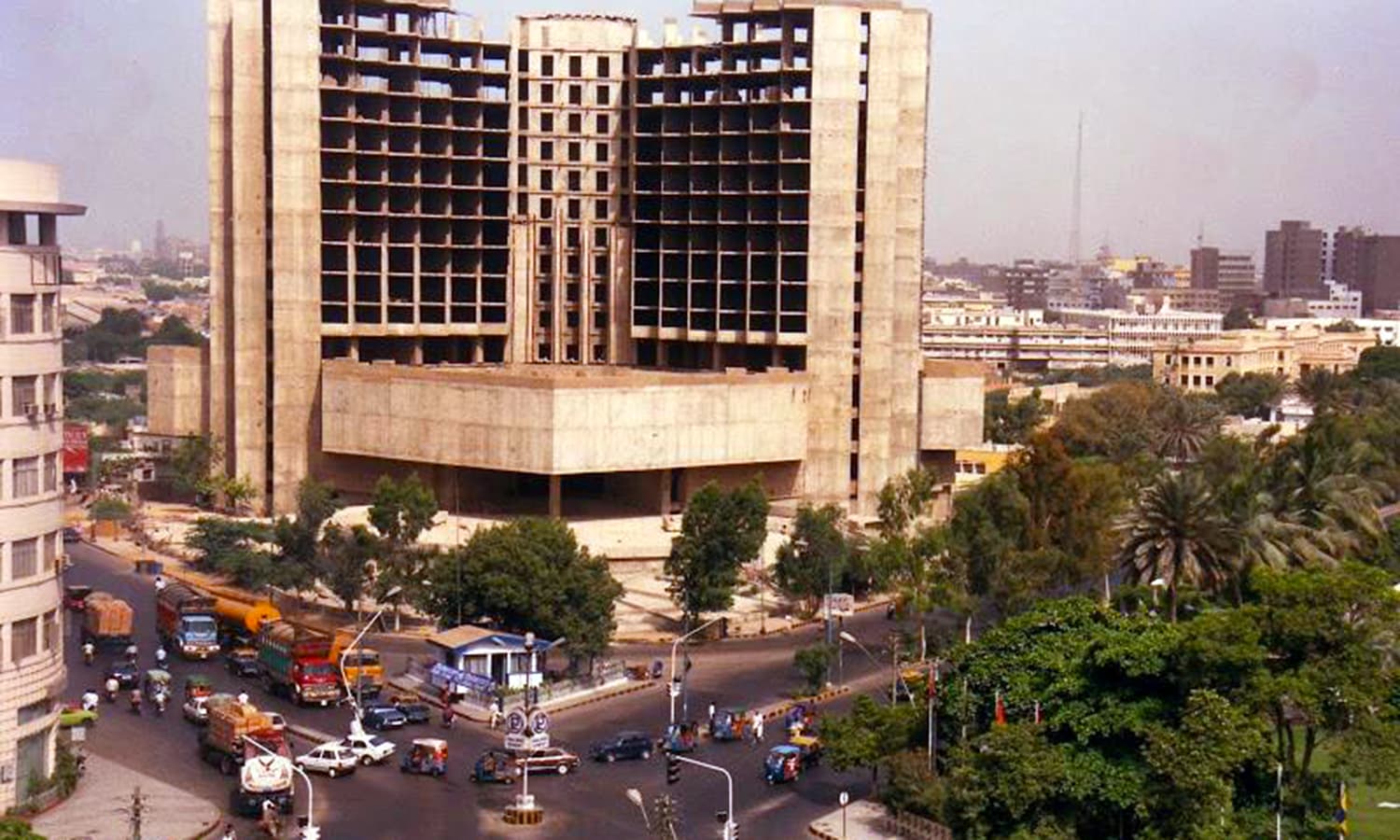pak-marine
ELITE MEMBER

- Joined
- May 3, 2009
- Messages
- 11,637
- Reaction score
- -22
- Country
- Location
Pakistan: The lesser-known histories of an ancient land
NADEEM F. PARACHA
The first people
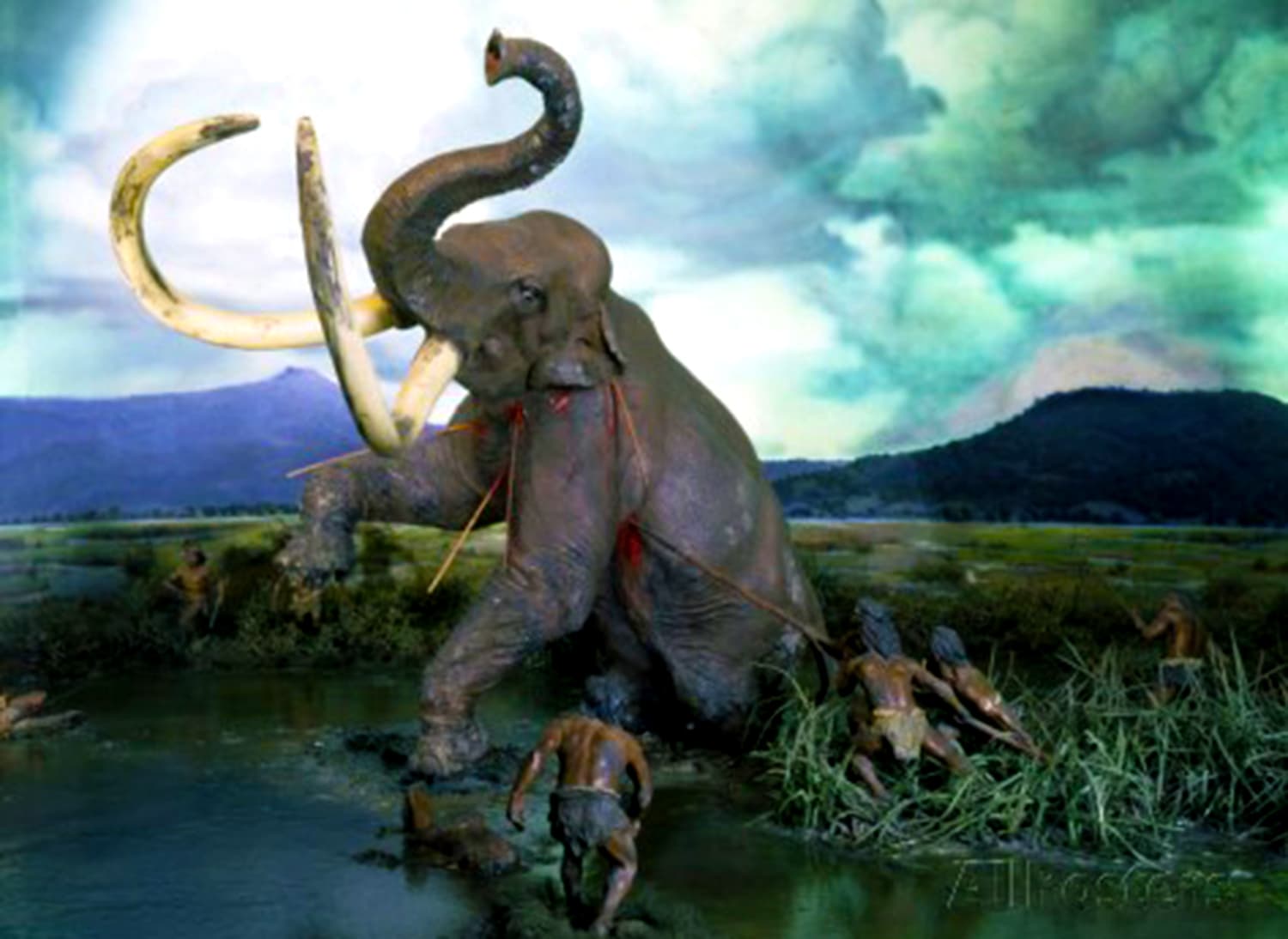
Long before the emergence of the great Indus Valley Civilisation on the banks of River Indus 5,000 years ago, the earliest known people to make present-day Pakistan their home were the Soanians.
They were hunter-gatherers who lived 2 to 3 million years ago. Archaeologists gave them this name because their tools, pottery, and fossils of various wild animals were found in Soan Valley near Islamabad, the capital of present-day Pakistan.
Still standing
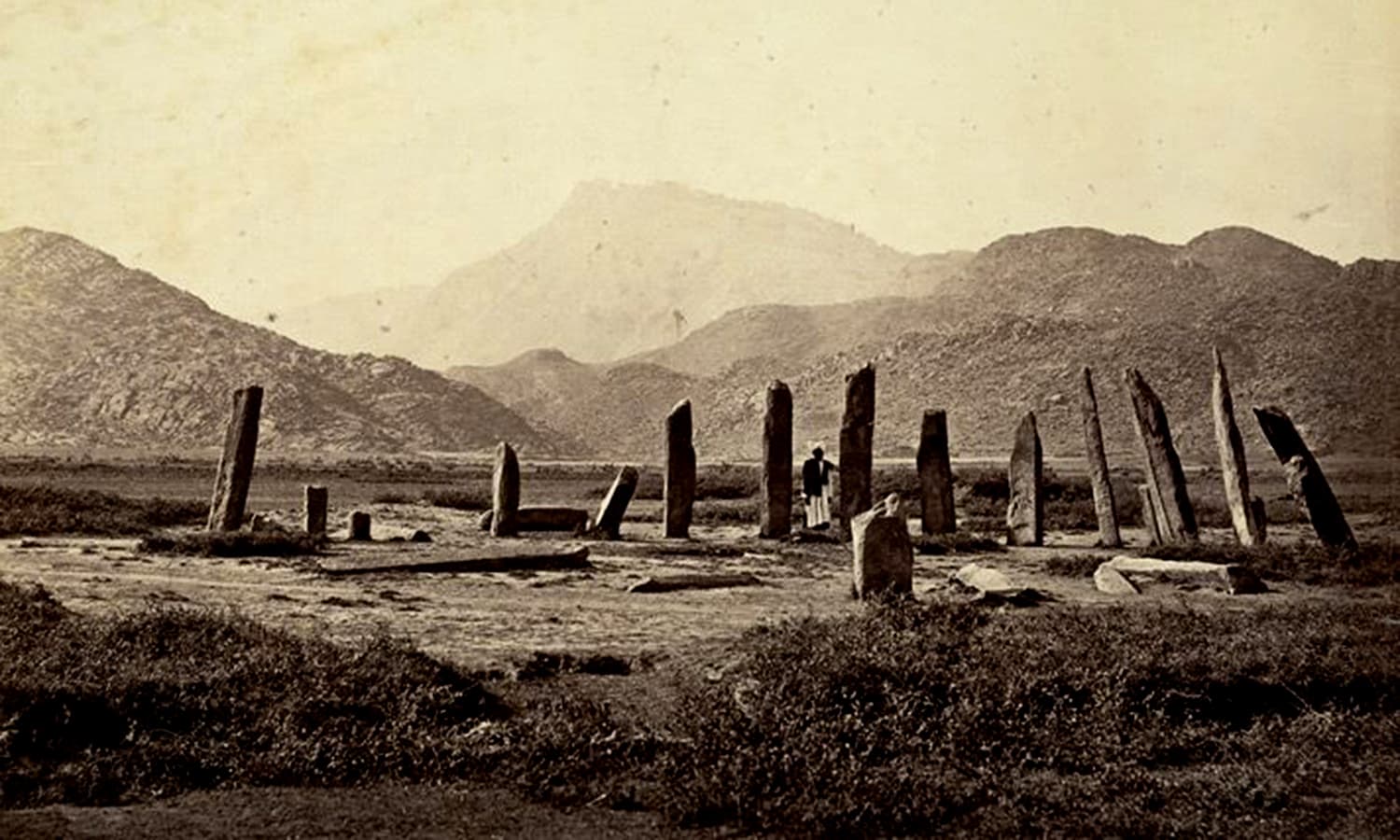
16 stones, believed to have been erected almost 2,500 years ago by a civilisation of sun-worshippers, still stand in the Swabi District of present-day Pakistan. Each stone is approximately 10ft tall. Archaeologists believe they may be pillars of an ancient sun temple.
Alexander attacked in Multan
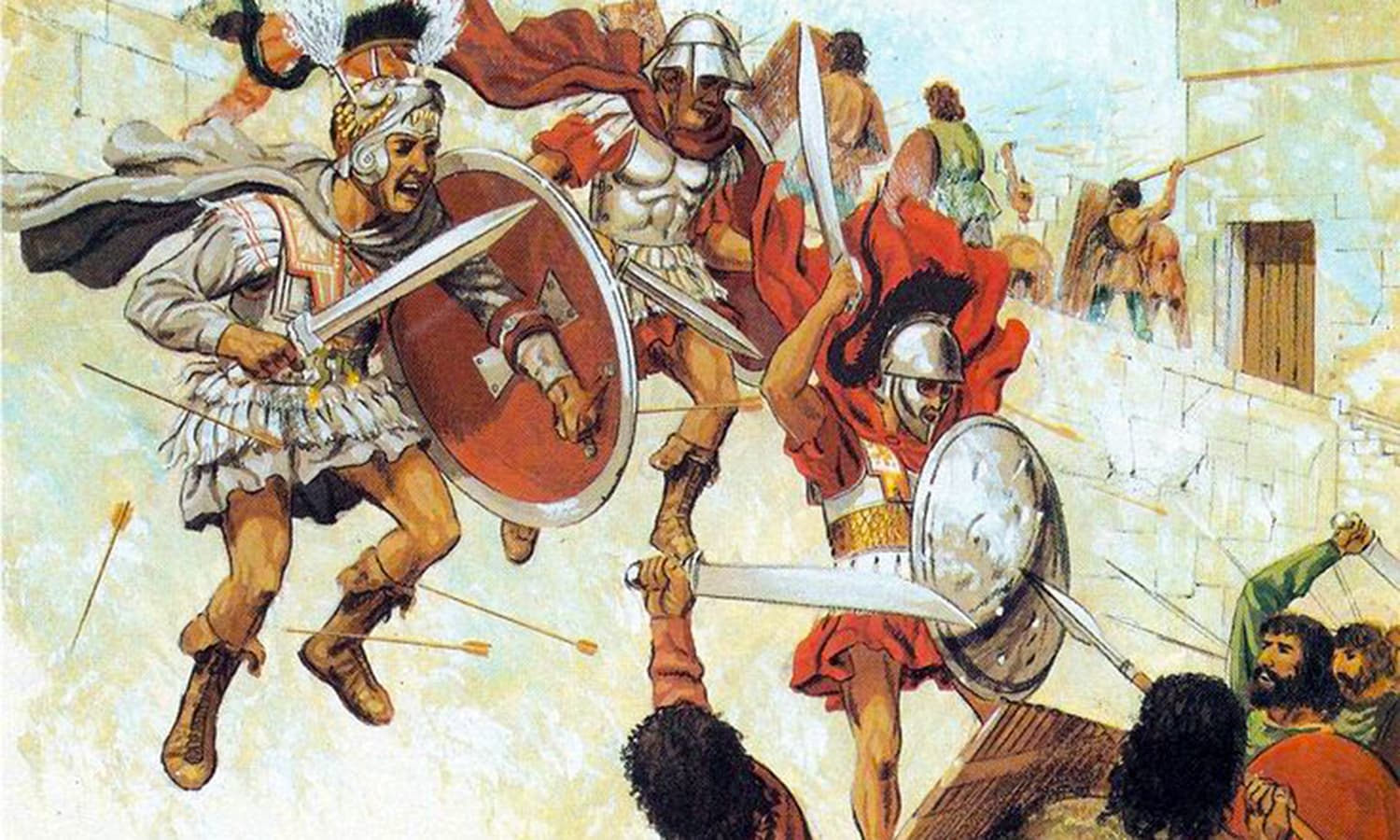
After conquering the vast Persian Empire, the armies of famous Greek warrior-king, Alexander, entered what today is Pakistan. In 326 BC (or over 2300 years ago), his campaign received a severe blow when he was wounded by a poison arrow on the walls of a citadel in Multan. Though he did not die, he soon fell sick and had to abandon his Indian campaign.
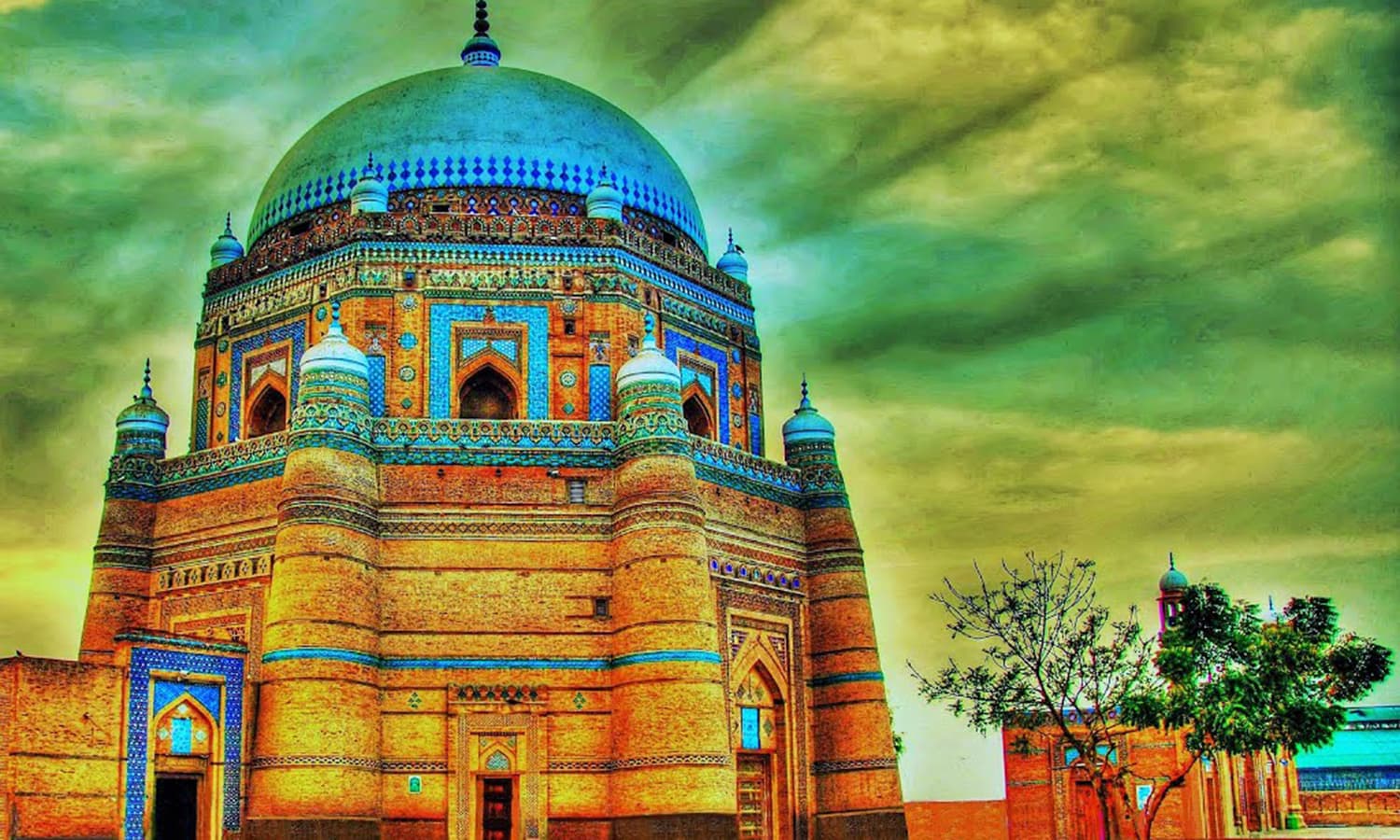
The citadel where Alexander was wounded was being defended by the Brahmin Malli tribe. Today, on the site of the citadel stands the magnificent tomb of Sufi saint Shah Rukh-i-Alam. It was built in 1324 CE by Muslim king, Ghiasuddin Tughlaq.
Born in Swat
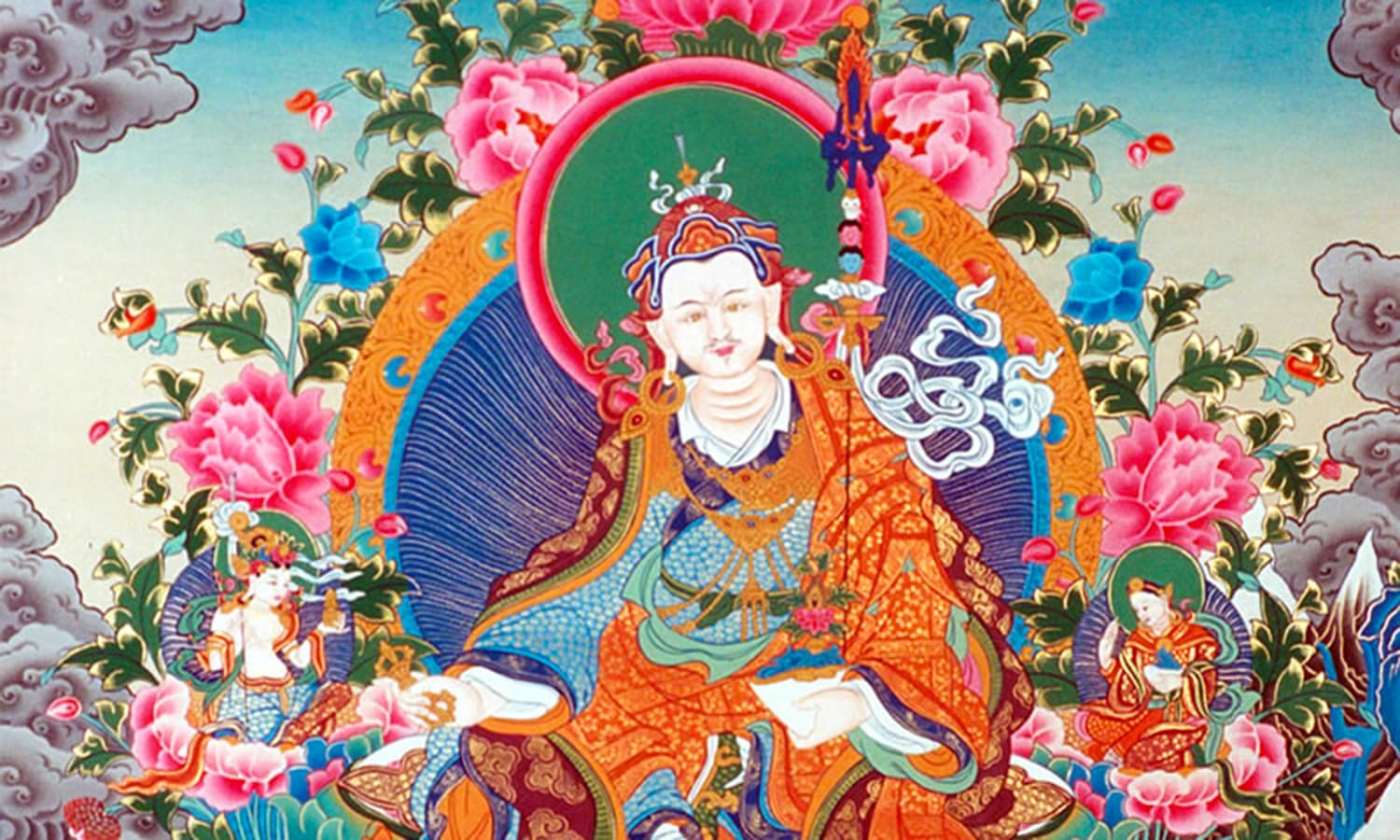
Padmasambhava, the founder of Tibetan Buddhism (also called ‘the second Buddha’), was born in the 8th century CE in an area which today lies between Lower Dir and Swat District in modern-day Pakistan.
After ruling as a Buddhist king in the area, he is said to have abdicated his throne and travelled to Tibet to introduce Buddhism there. He is still revered as a sacred figure in Tibet.
Barbarian rule in Sialkot

Huns were fierce nomads in Central Asia. In the 5th century CE they managed to conquer vast lands in Europe, Central Asia and ancient India. They entered India through present-day Khyber Pakhtunkhwa (KP) province in Pakistan.
Huns were fire-worshippers. A Hun warrior, Mehr Gul (Sunflower), established himself as king here. He ruled from his capital in what today is Sialkot in Pakistan’s Punjab province. His rule was brutal and he was defeated and removed by a confederacy of Hindu Rajput rulers from Rajasthan (in present-day India) and Multan (in present-day Pakistan).
Qasim’s Landing

Armies of 8th century Arab general Muhammad Bin Qasim invaded Sindh from the sea. The army landed on the shores of Debal. Debal stretched all the way to the ancient city of Banbhore in Sindh from where Qasim’s forces defeated the armies of Brahmin king, Raja Daher.
NADEEM F. PARACHA
The first people

Long before the emergence of the great Indus Valley Civilisation on the banks of River Indus 5,000 years ago, the earliest known people to make present-day Pakistan their home were the Soanians.
They were hunter-gatherers who lived 2 to 3 million years ago. Archaeologists gave them this name because their tools, pottery, and fossils of various wild animals were found in Soan Valley near Islamabad, the capital of present-day Pakistan.
Still standing

16 stones, believed to have been erected almost 2,500 years ago by a civilisation of sun-worshippers, still stand in the Swabi District of present-day Pakistan. Each stone is approximately 10ft tall. Archaeologists believe they may be pillars of an ancient sun temple.
Alexander attacked in Multan

After conquering the vast Persian Empire, the armies of famous Greek warrior-king, Alexander, entered what today is Pakistan. In 326 BC (or over 2300 years ago), his campaign received a severe blow when he was wounded by a poison arrow on the walls of a citadel in Multan. Though he did not die, he soon fell sick and had to abandon his Indian campaign.

The citadel where Alexander was wounded was being defended by the Brahmin Malli tribe. Today, on the site of the citadel stands the magnificent tomb of Sufi saint Shah Rukh-i-Alam. It was built in 1324 CE by Muslim king, Ghiasuddin Tughlaq.
Born in Swat

Padmasambhava, the founder of Tibetan Buddhism (also called ‘the second Buddha’), was born in the 8th century CE in an area which today lies between Lower Dir and Swat District in modern-day Pakistan.
After ruling as a Buddhist king in the area, he is said to have abdicated his throne and travelled to Tibet to introduce Buddhism there. He is still revered as a sacred figure in Tibet.
Barbarian rule in Sialkot

Huns were fierce nomads in Central Asia. In the 5th century CE they managed to conquer vast lands in Europe, Central Asia and ancient India. They entered India through present-day Khyber Pakhtunkhwa (KP) province in Pakistan.
Huns were fire-worshippers. A Hun warrior, Mehr Gul (Sunflower), established himself as king here. He ruled from his capital in what today is Sialkot in Pakistan’s Punjab province. His rule was brutal and he was defeated and removed by a confederacy of Hindu Rajput rulers from Rajasthan (in present-day India) and Multan (in present-day Pakistan).
Qasim’s Landing

Armies of 8th century Arab general Muhammad Bin Qasim invaded Sindh from the sea. The army landed on the shores of Debal. Debal stretched all the way to the ancient city of Banbhore in Sindh from where Qasim’s forces defeated the armies of Brahmin king, Raja Daher.






